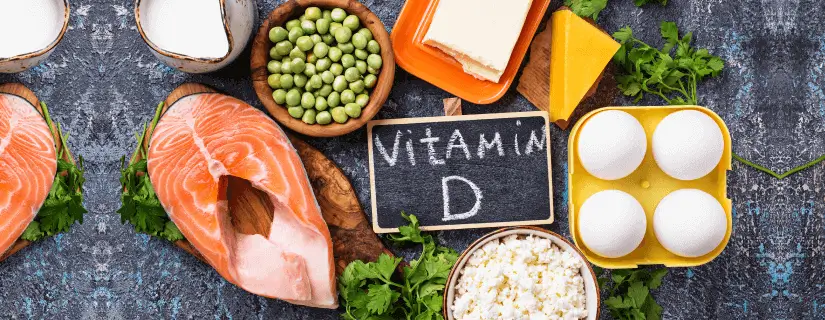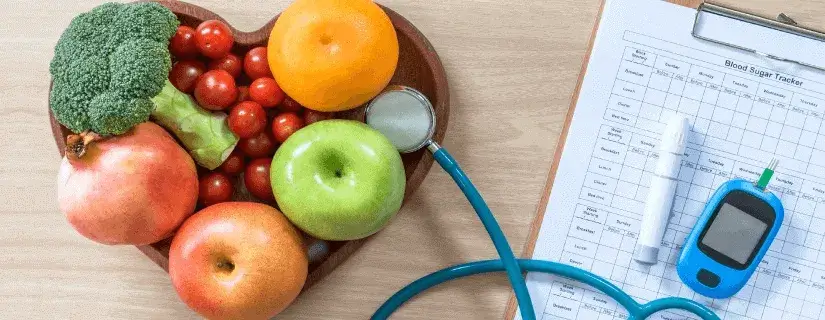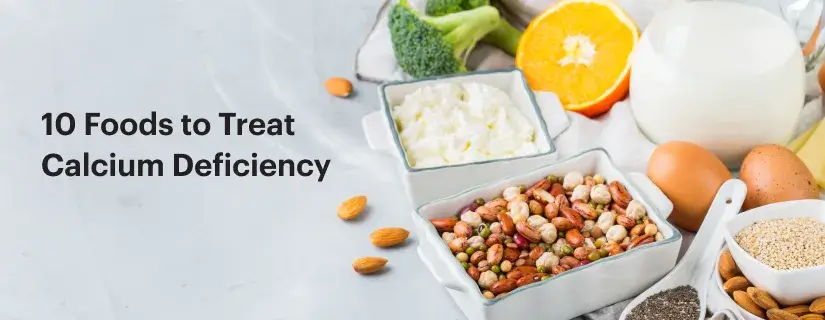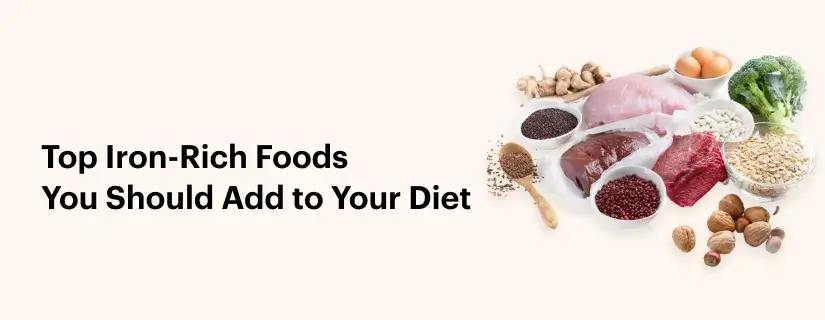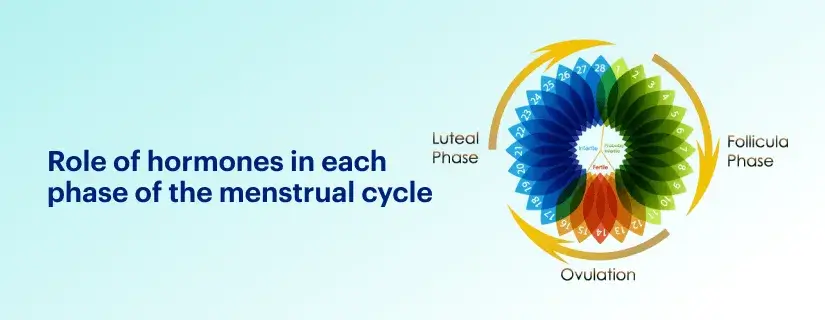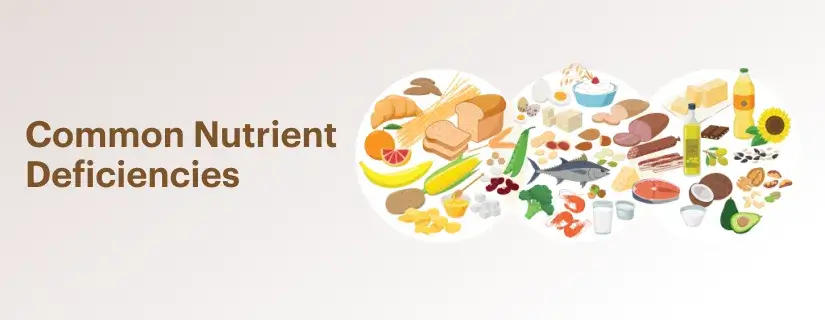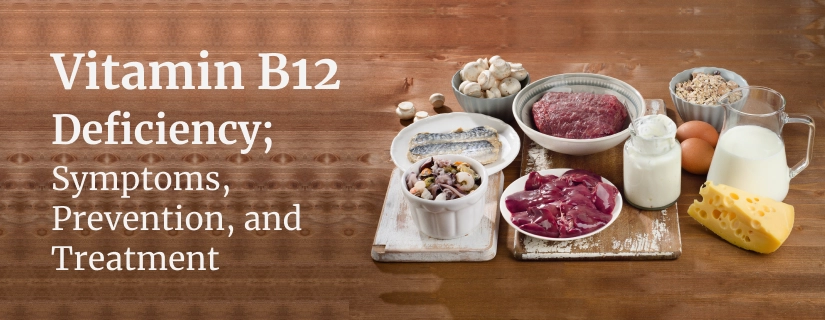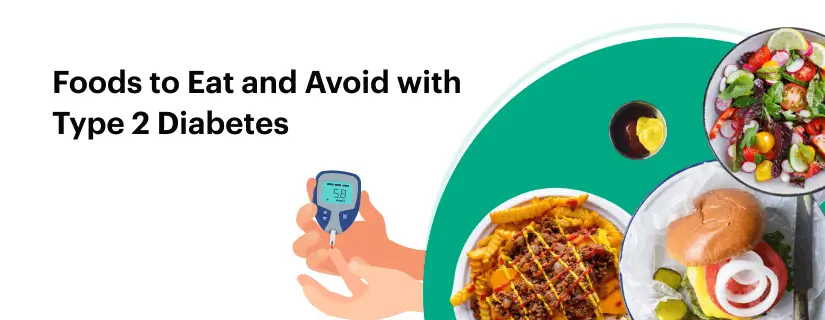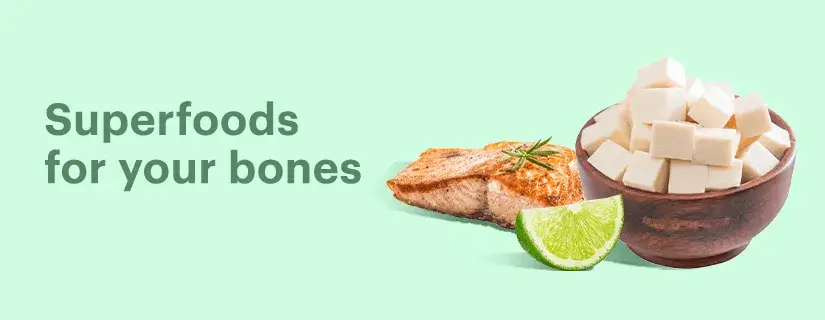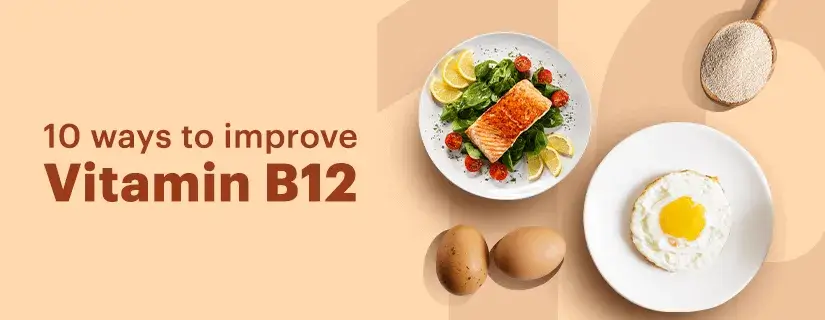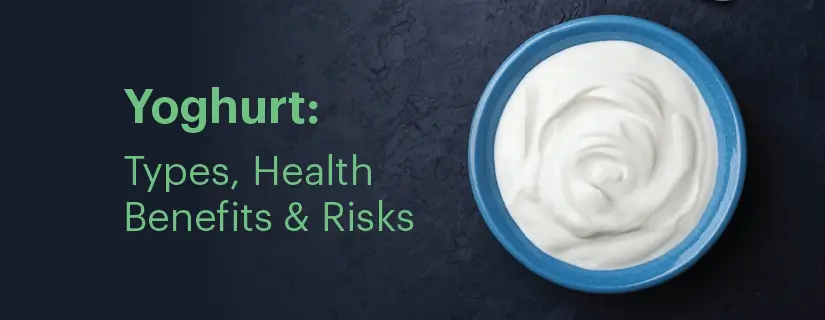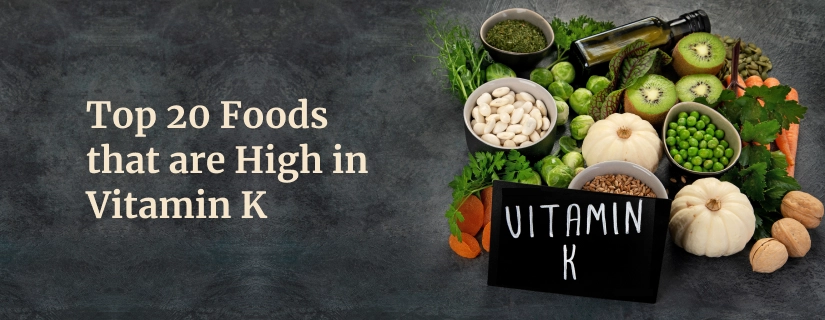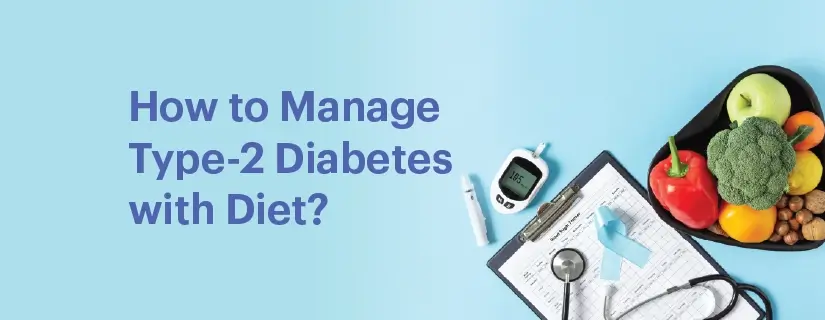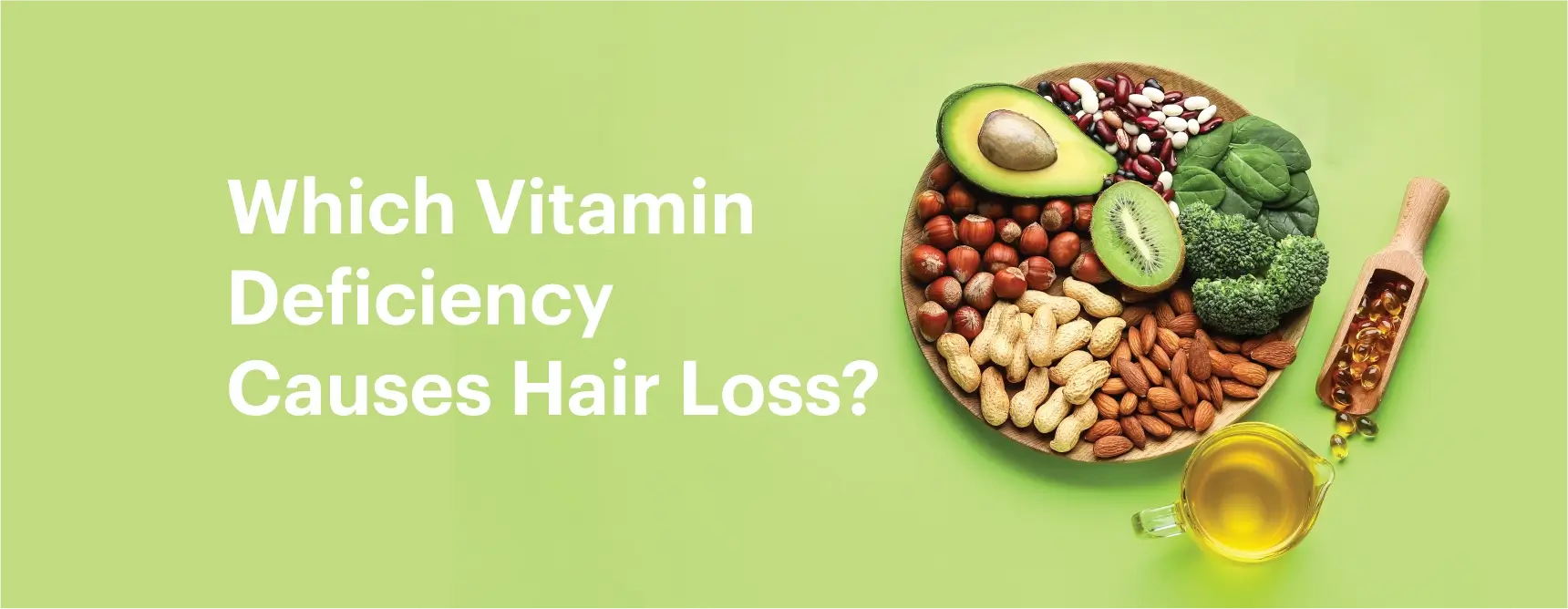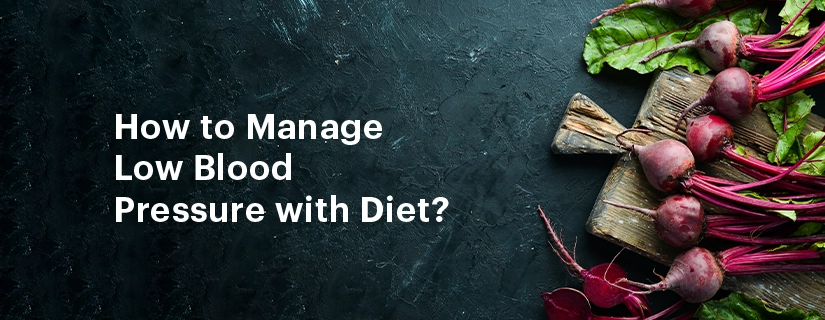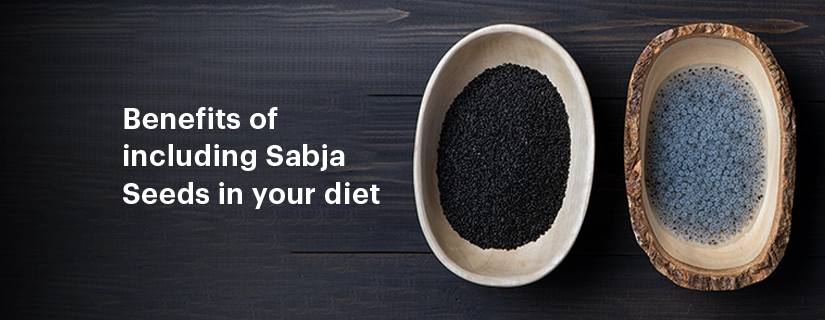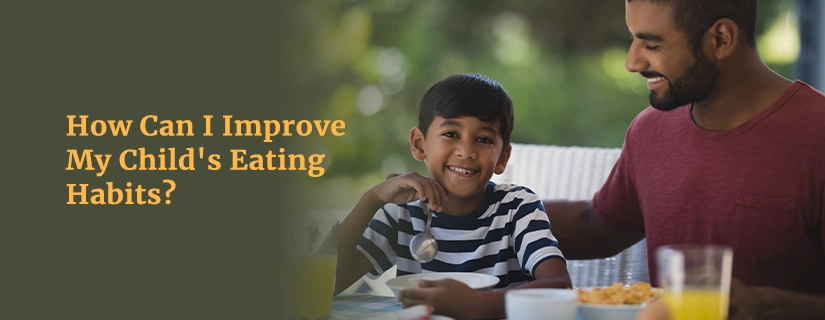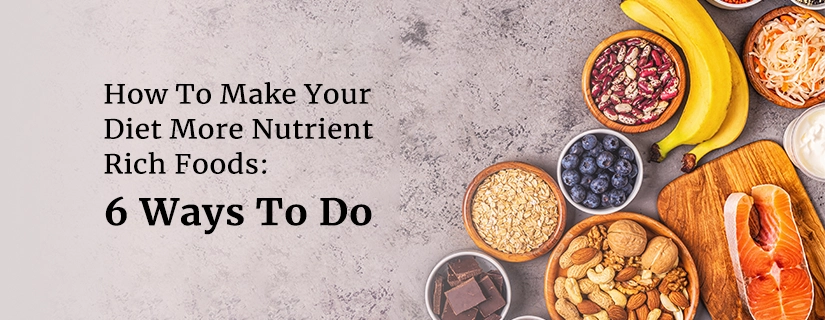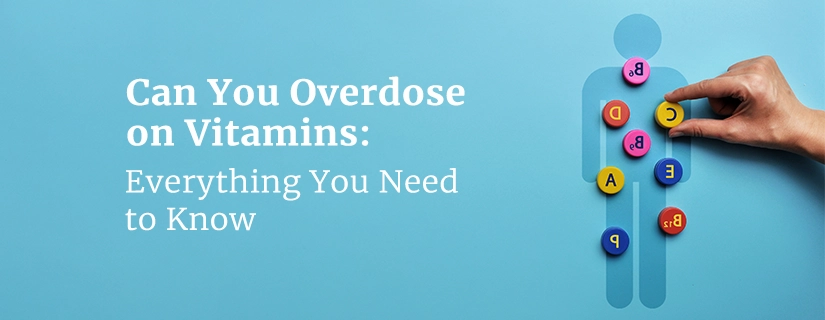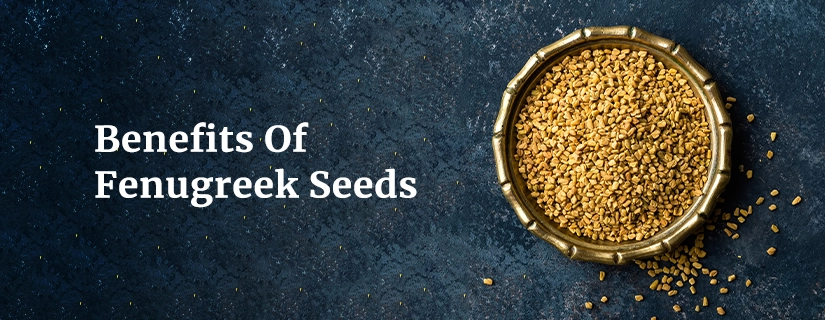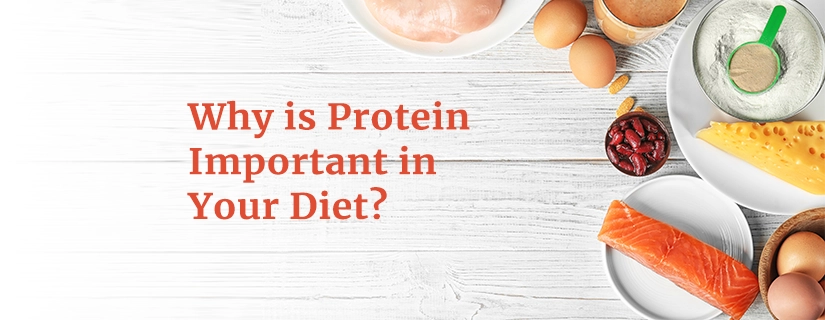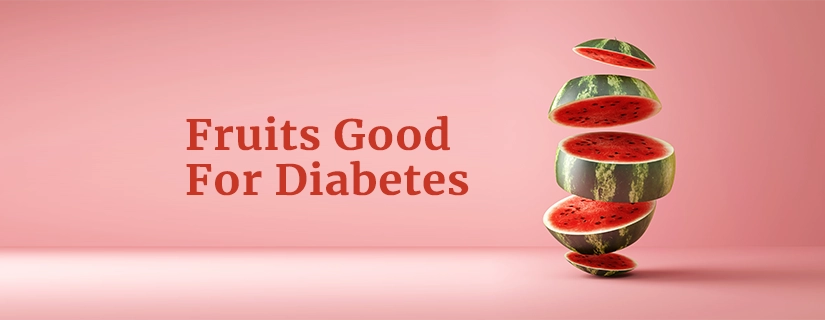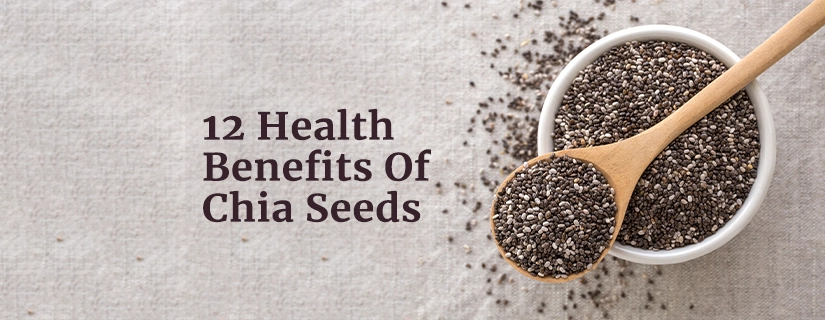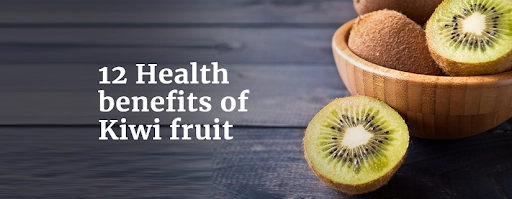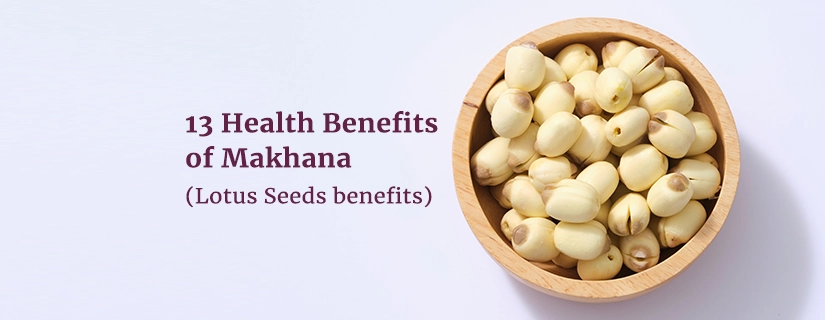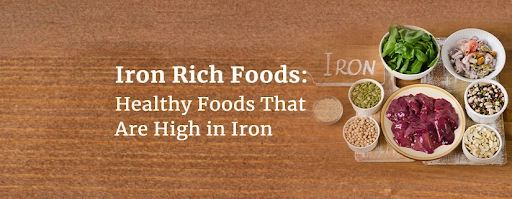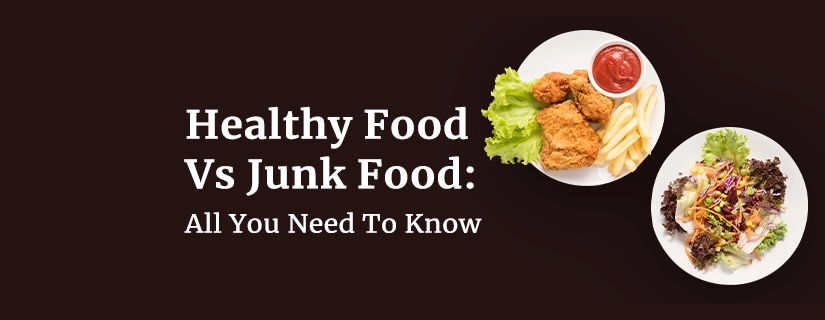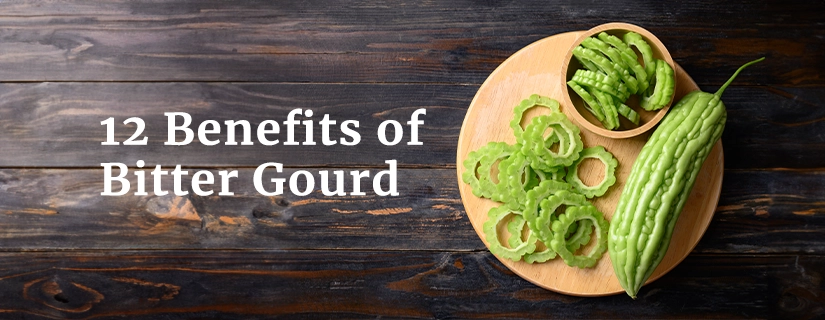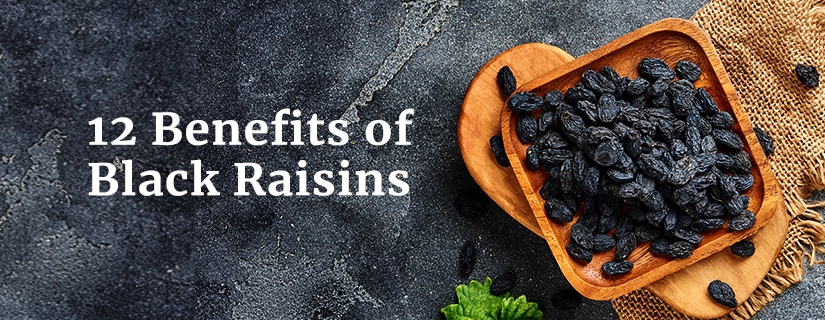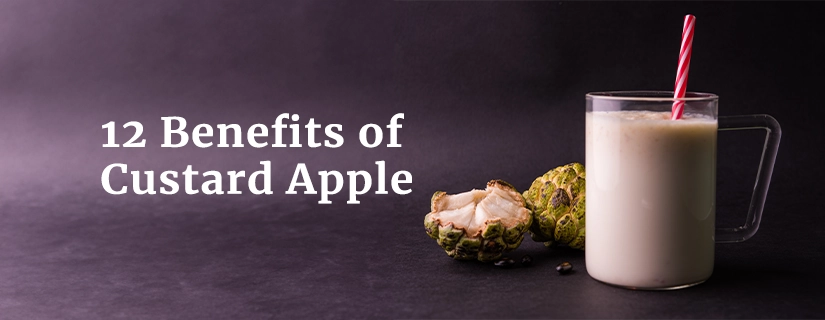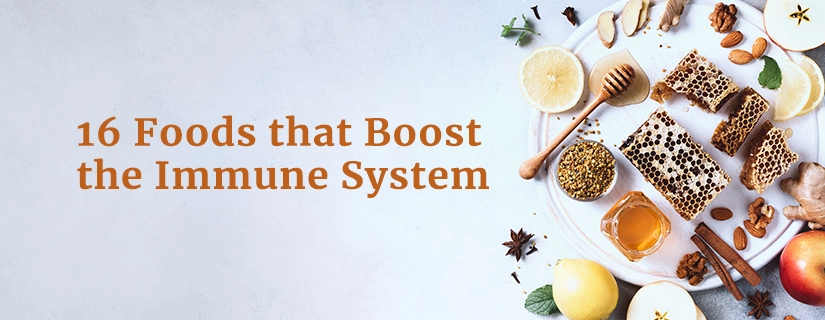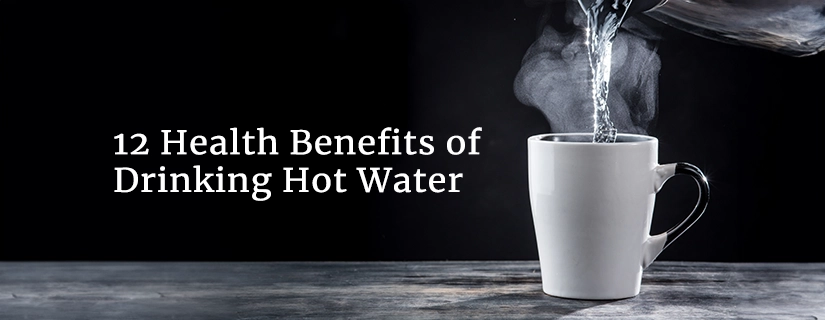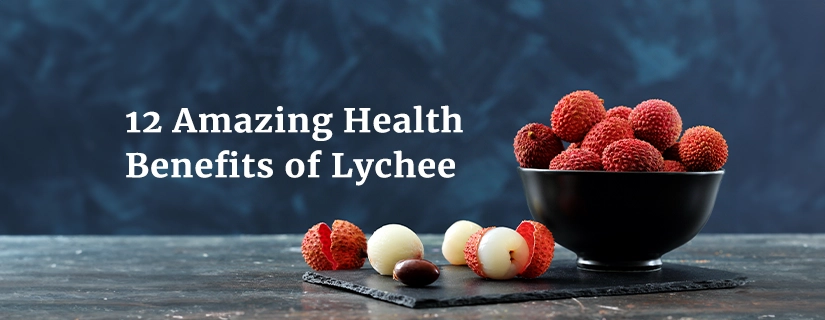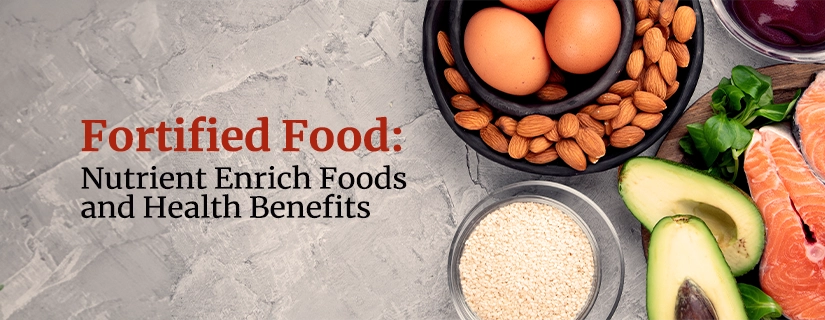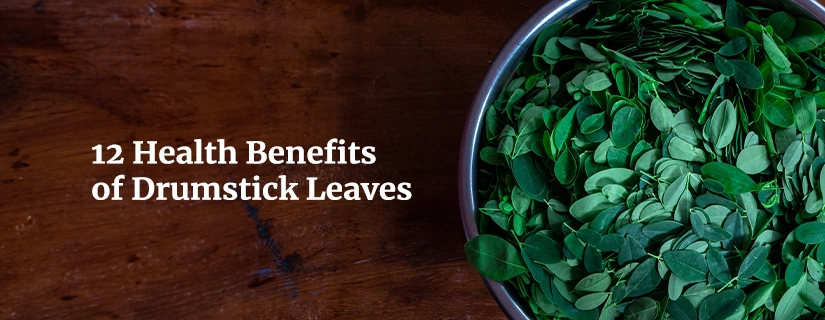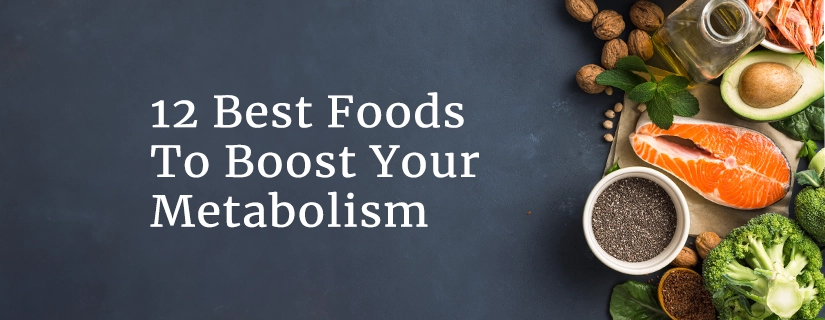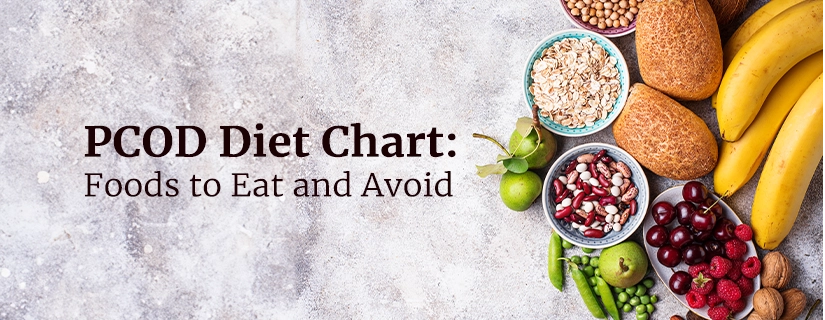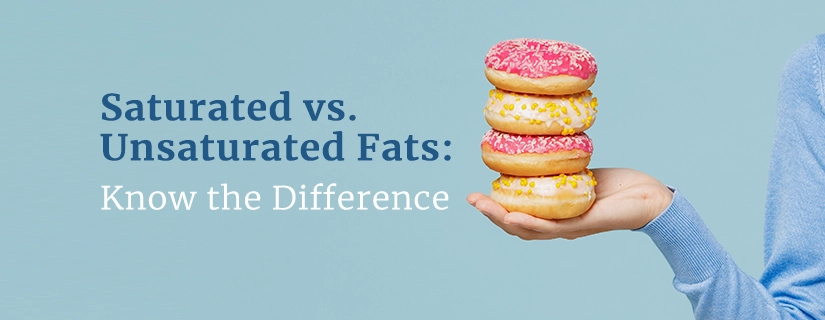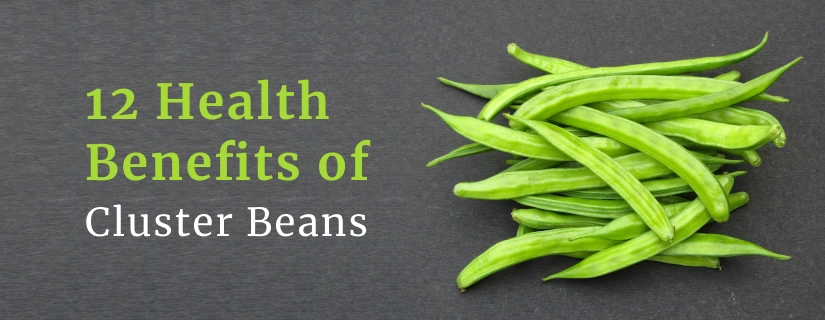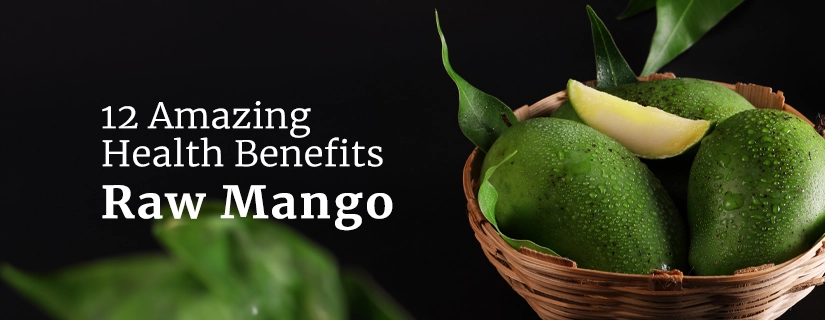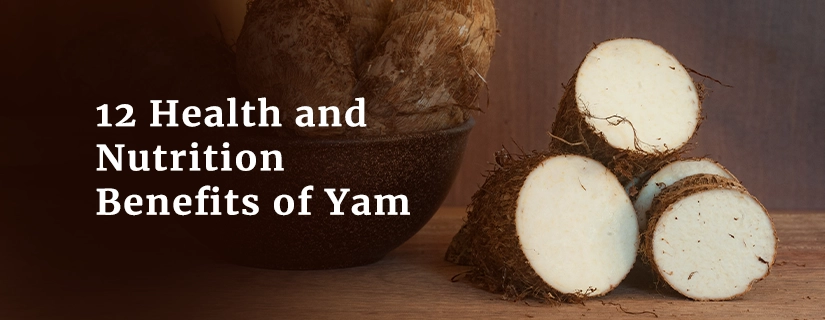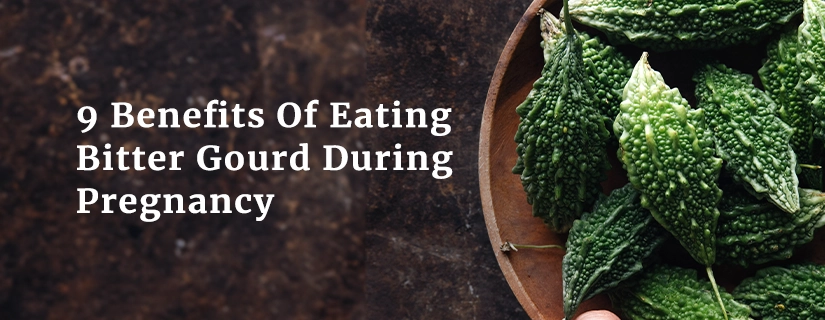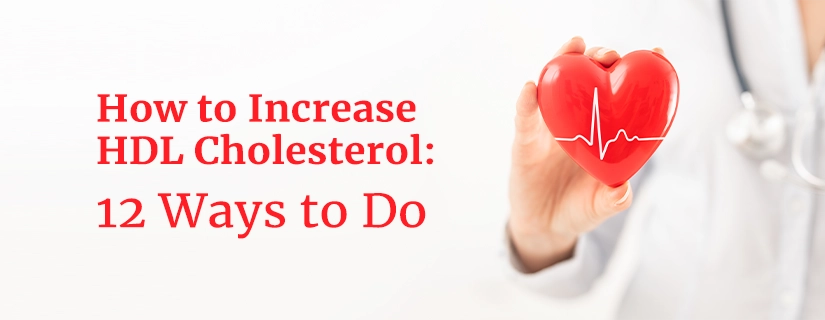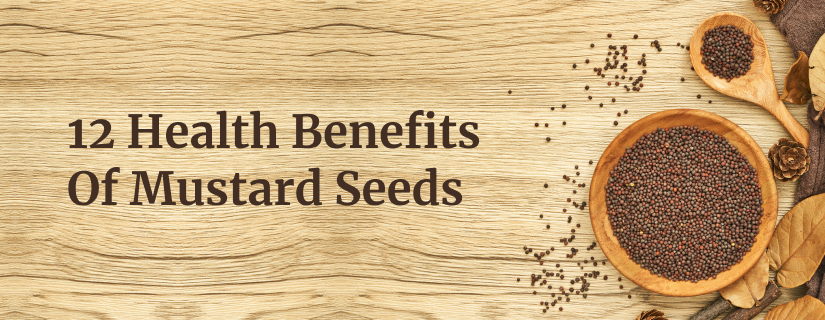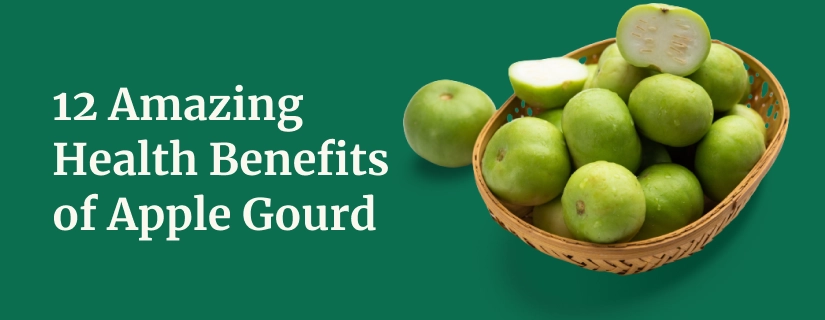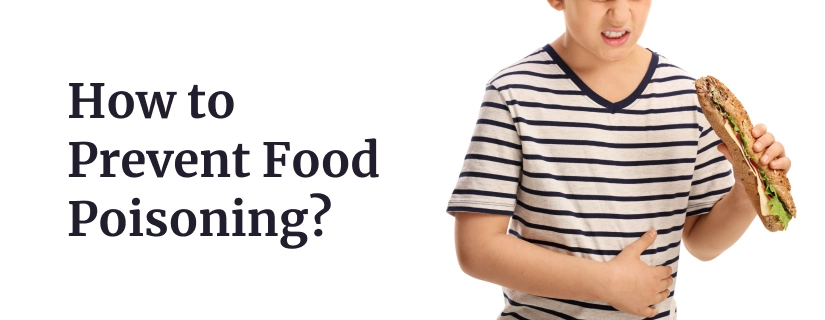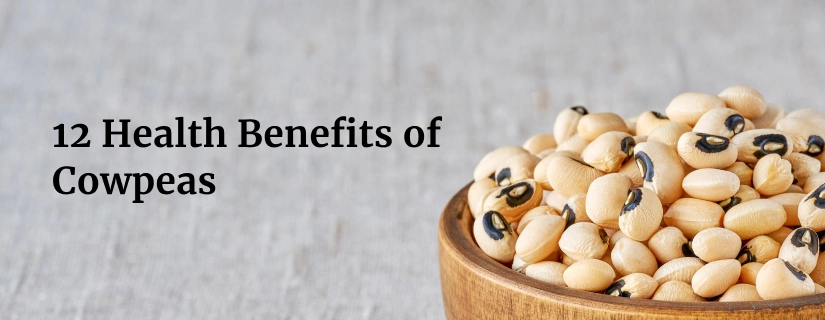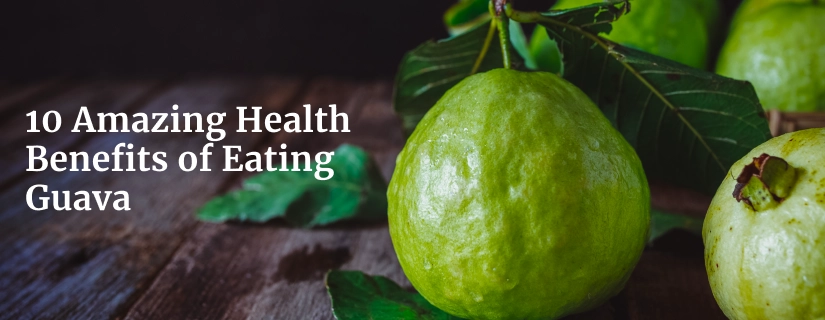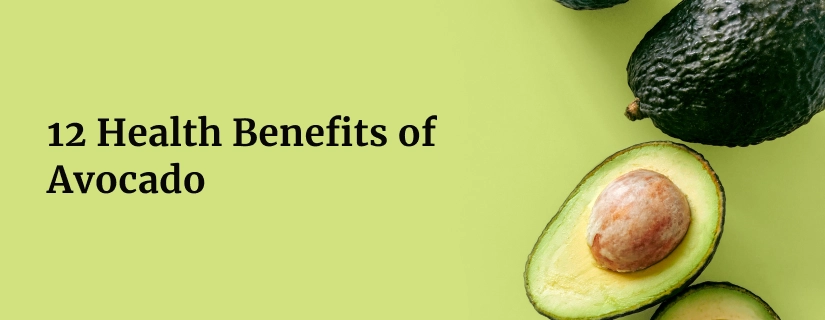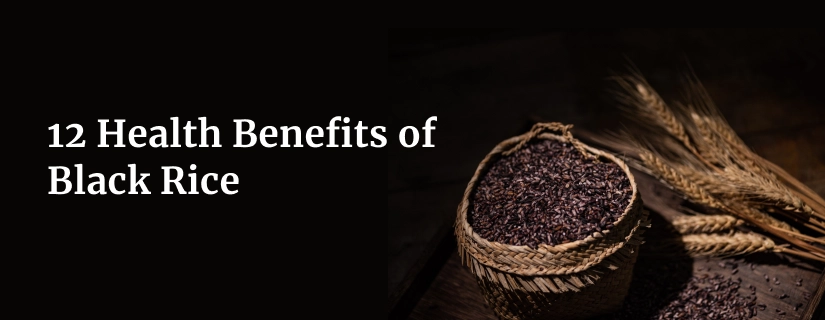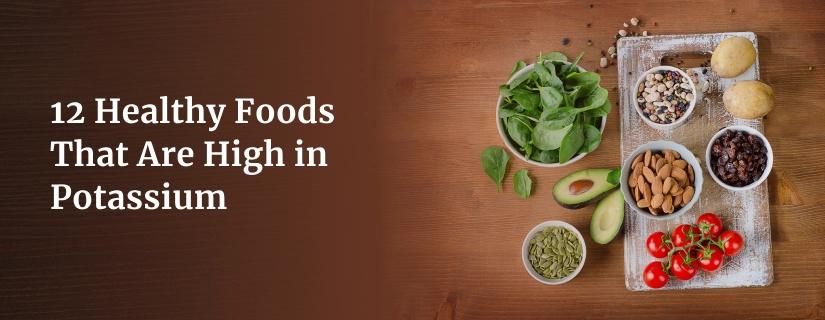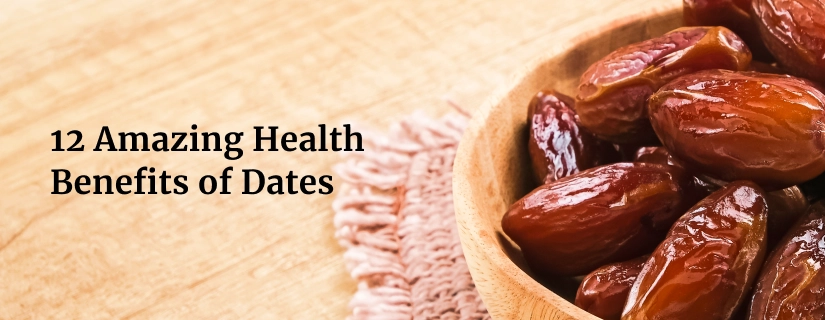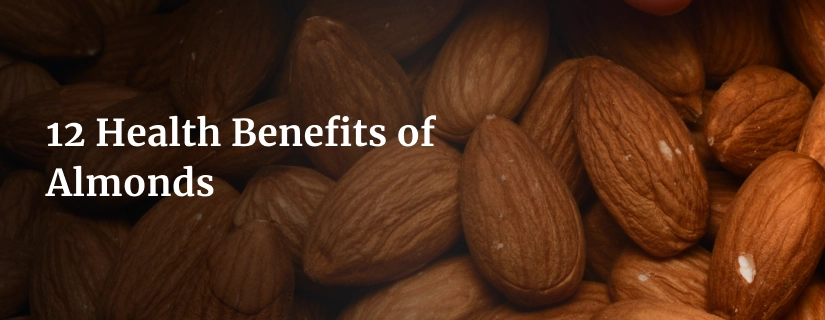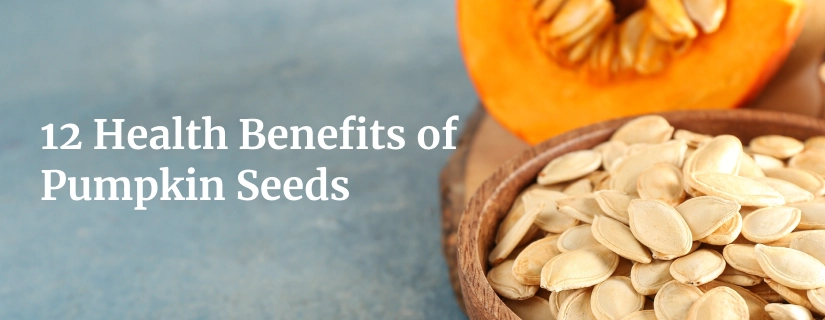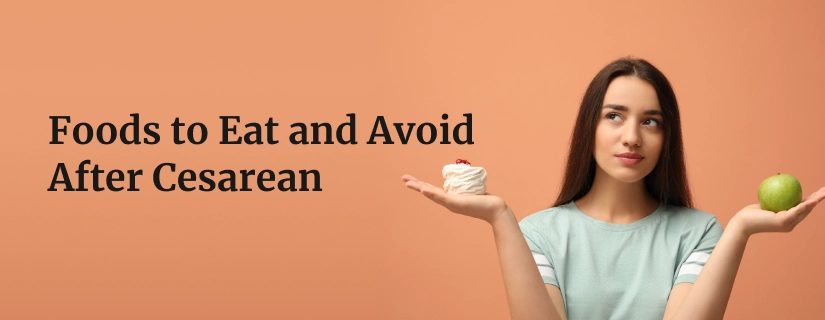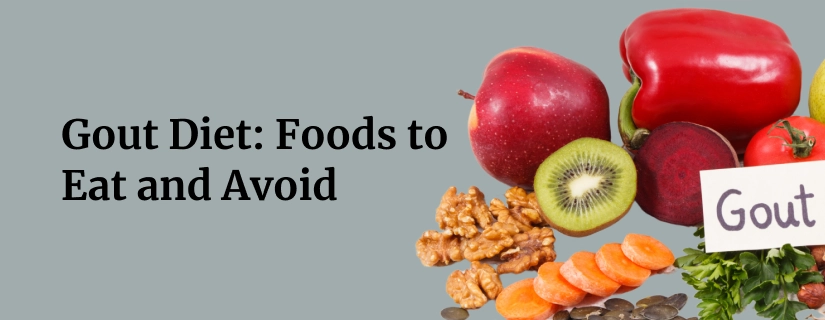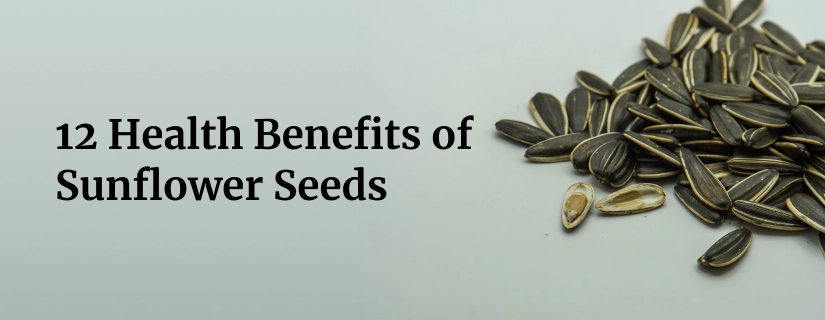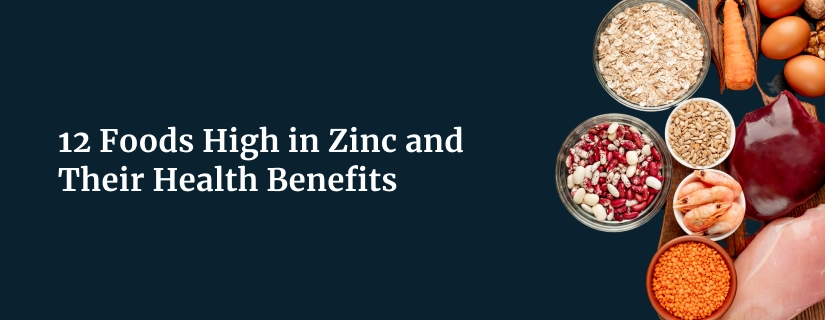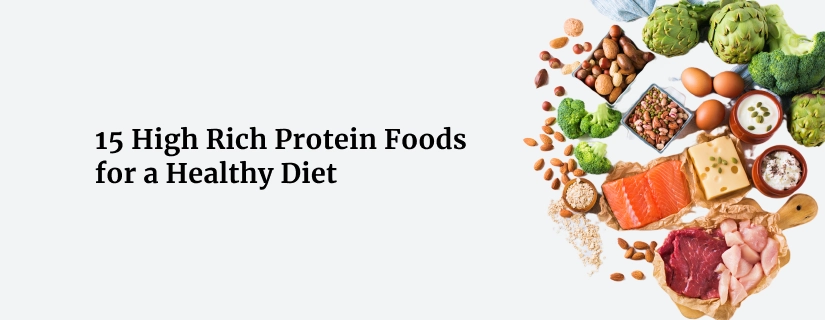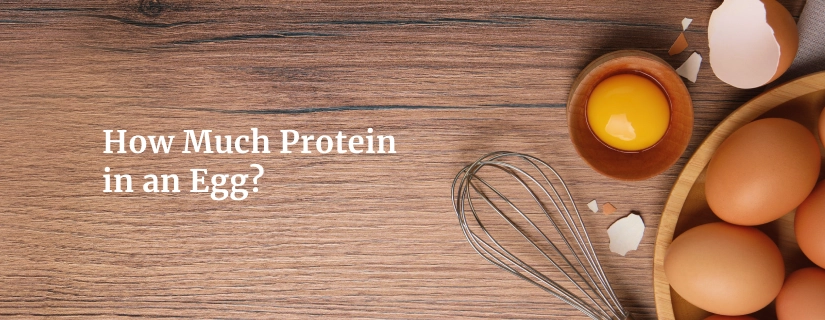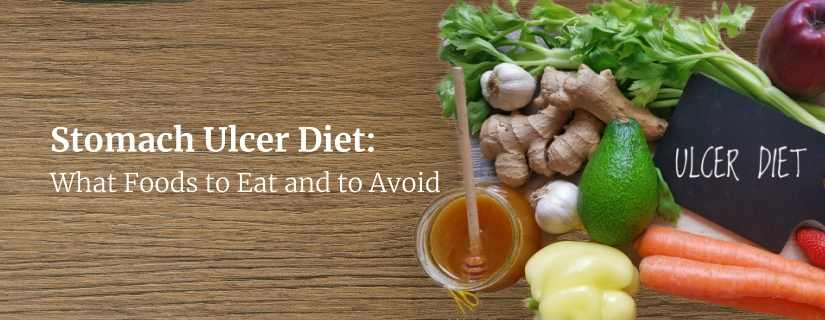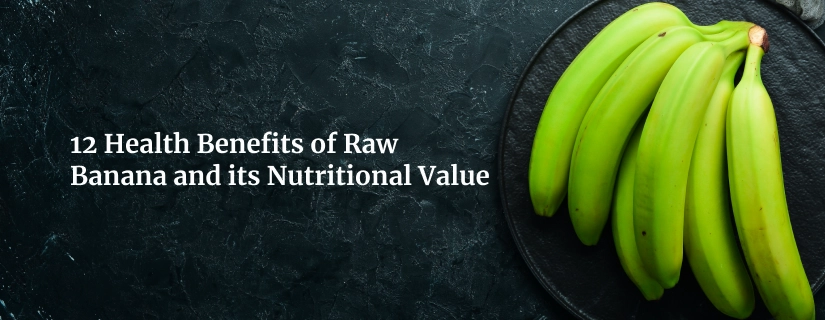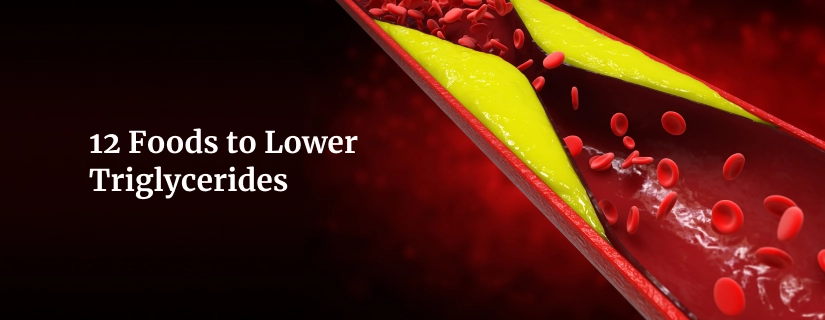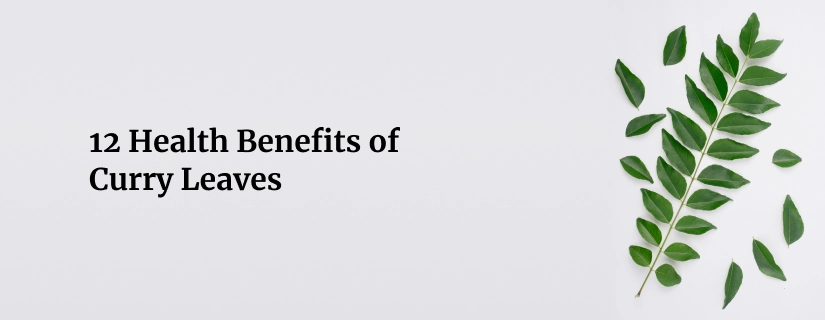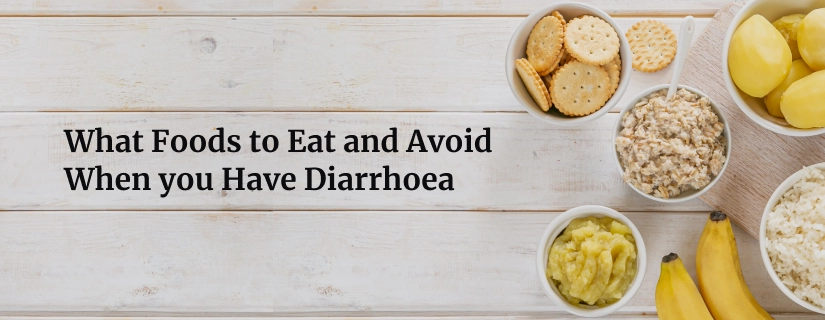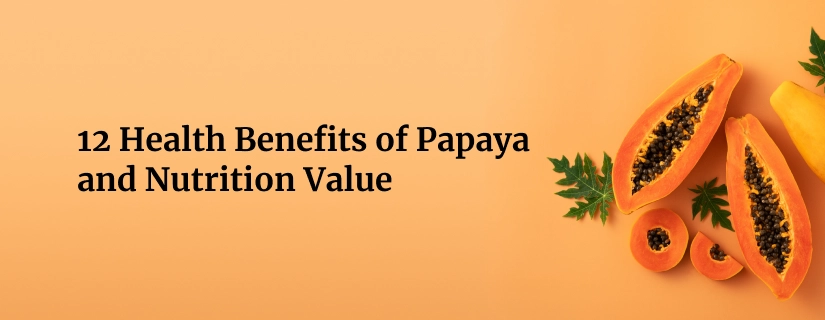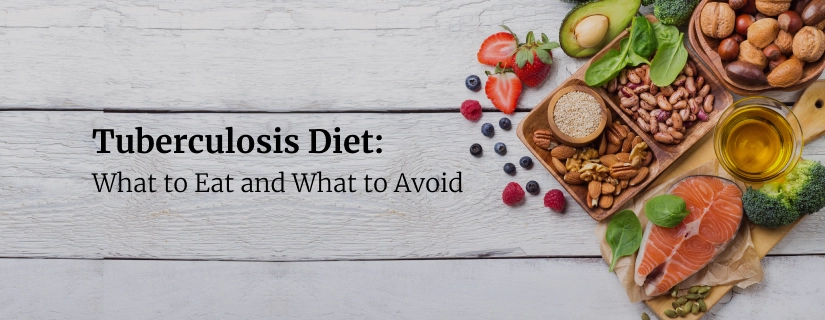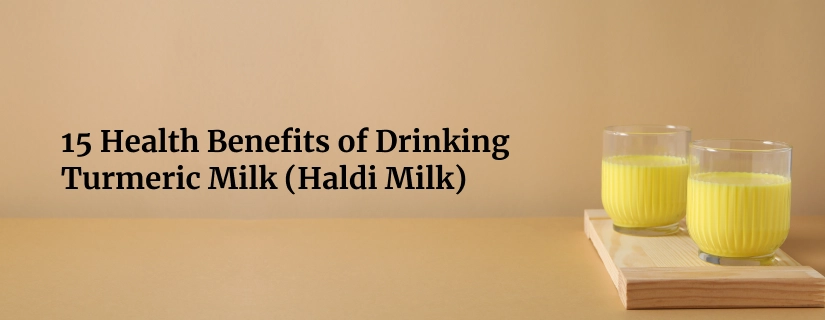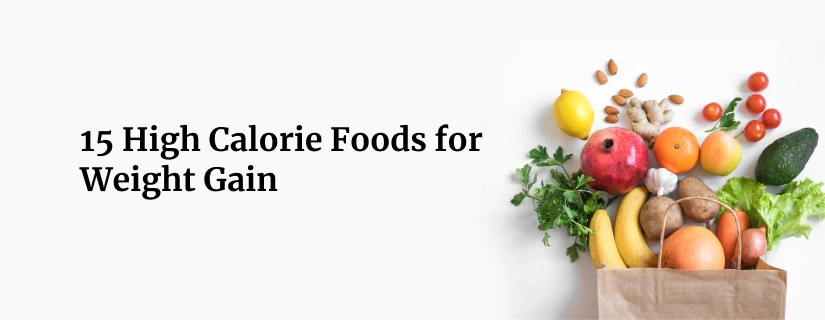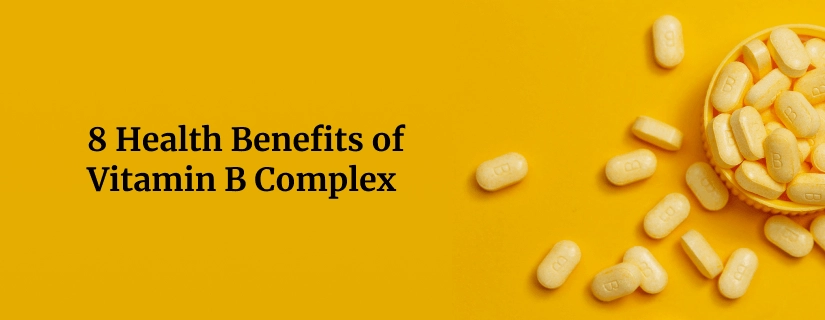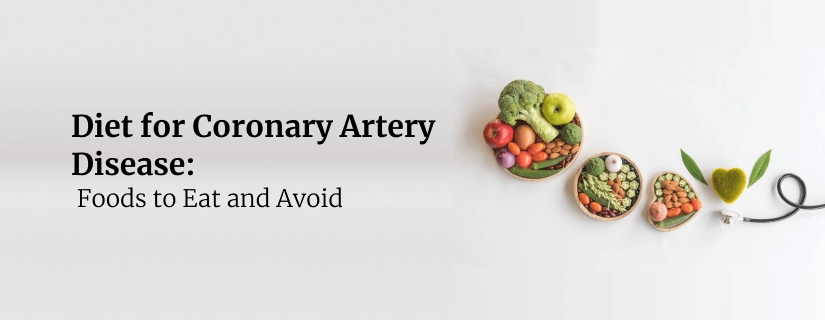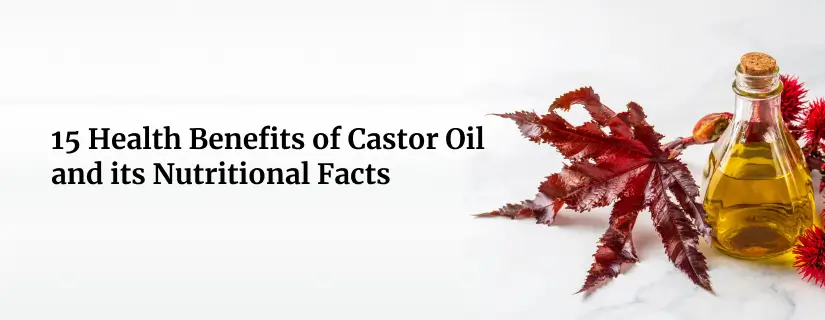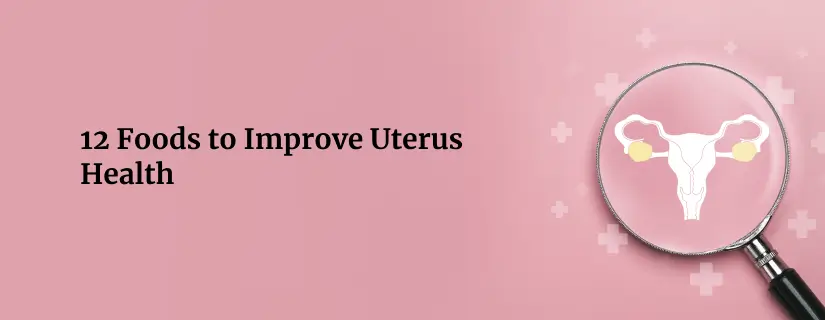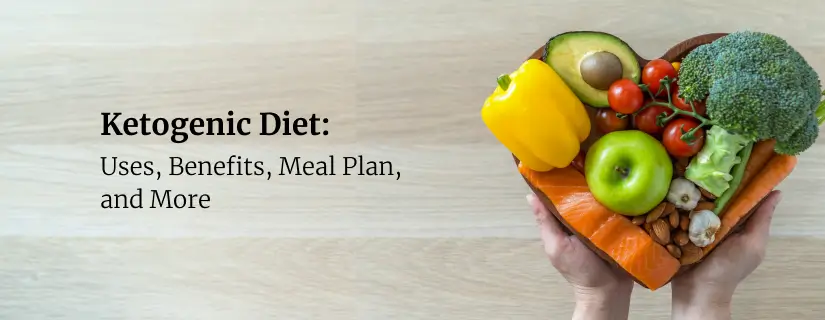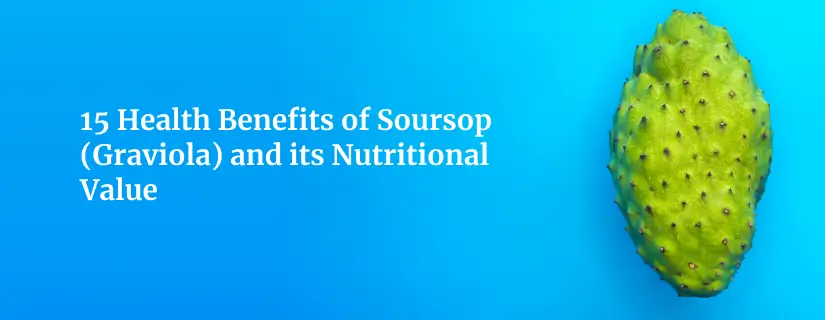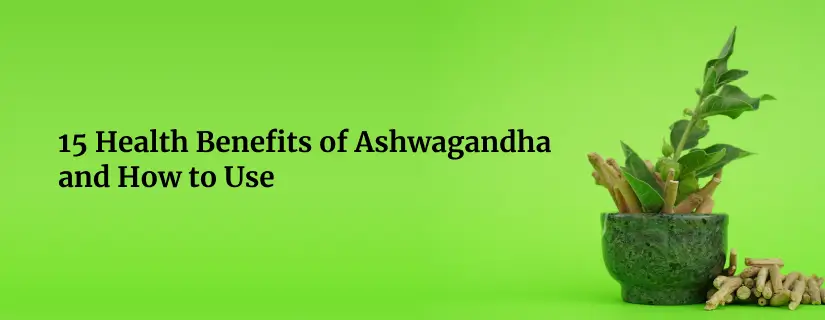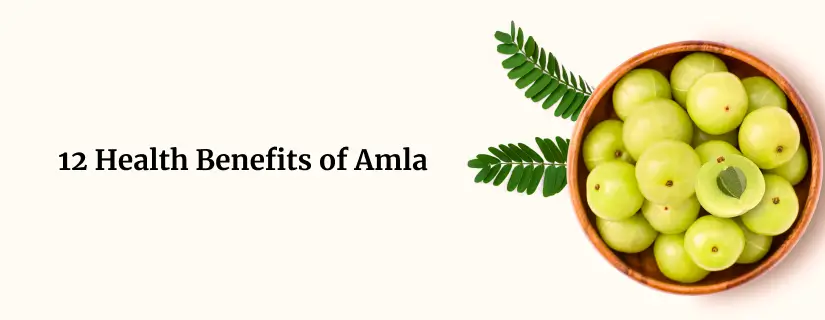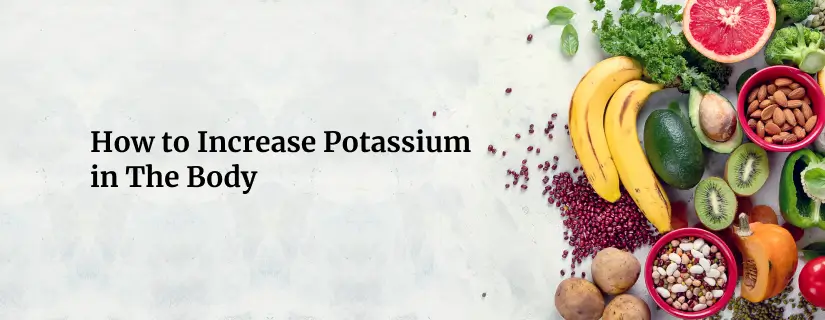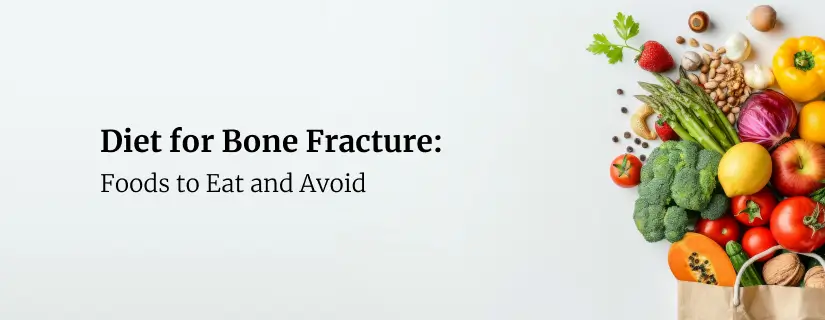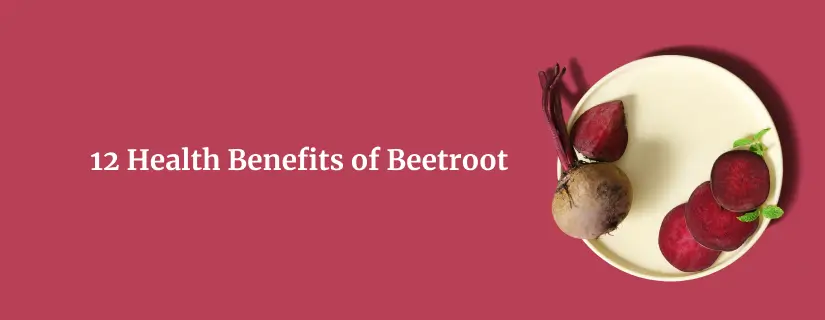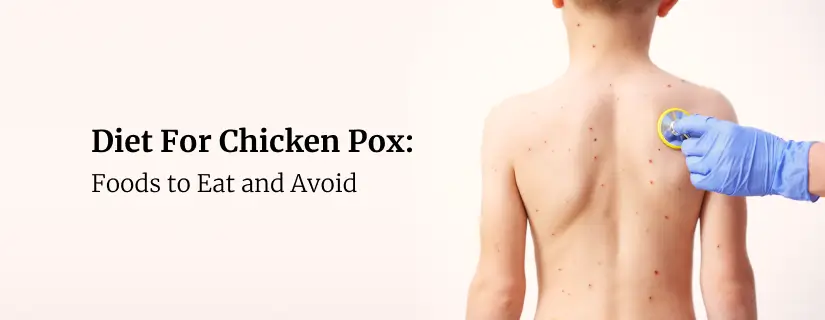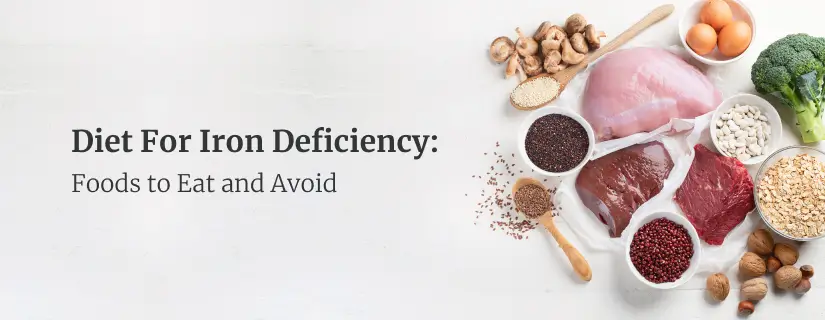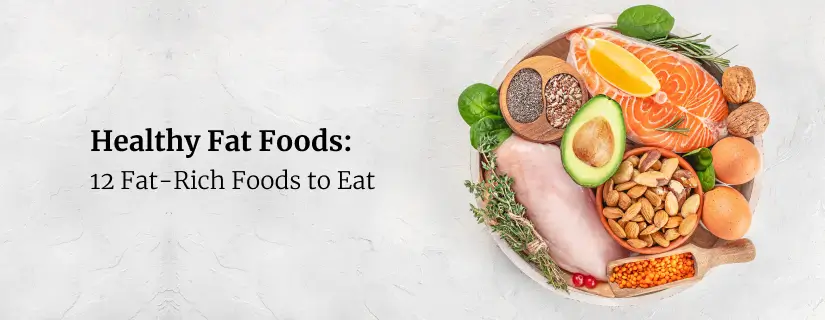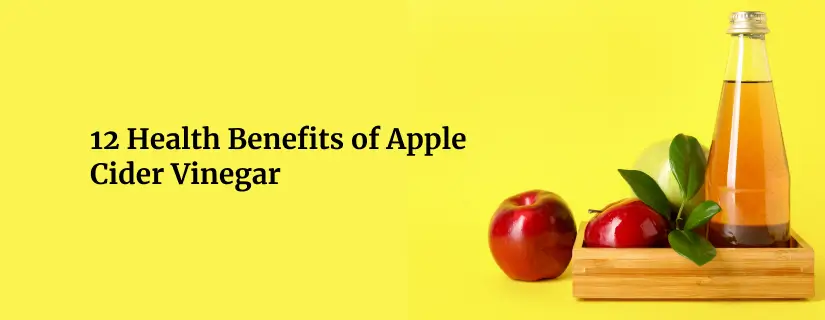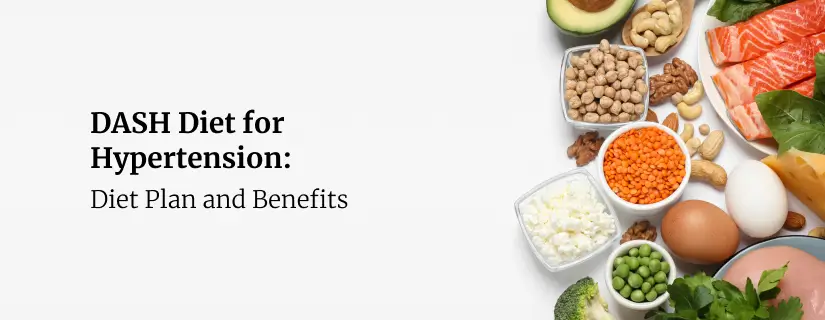-
Doctors
-
Specialities & Treatments
Centre of Excellence
Specialties
Treatments and Procedures
Hospitals & Directions HyderabadCARE Hospitals, Banjara Hills CARE Outpatient Centre, Banjara Hills CARE Hospitals, HITEC City CARE Hospitals, Nampally Gurunanak CARE Hospitals, Musheerabad CARE Hospitals Outpatient Centre, HITEC City CARE Hospitals, Malakpet
HyderabadCARE Hospitals, Banjara Hills CARE Outpatient Centre, Banjara Hills CARE Hospitals, HITEC City CARE Hospitals, Nampally Gurunanak CARE Hospitals, Musheerabad CARE Hospitals Outpatient Centre, HITEC City CARE Hospitals, Malakpet Raipur
Raipur
 Bhubaneswar
Bhubaneswar Visakhapatnam
Visakhapatnam
 Nagpur
Nagpur
 Indore
Indore
 Chh. Sambhajinagar
Chh. SambhajinagarClinics & Medical Centers
Book an AppointmentContact Us
Online Lab Reports
Book an Appointment
Consult Super-Specialist Doctors at CARE Hospitals
Diet for Jaundice: What Foods to Eat and Foods to Avoid
Updated on 17 April 2024
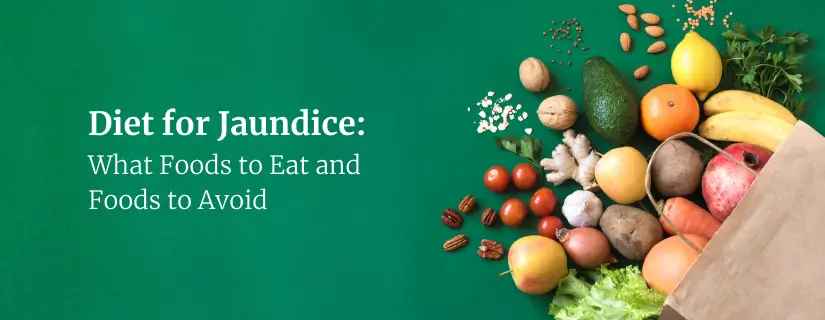
Jaundice is a medical condition characterised by the yellowing of the skin and eyes due to high levels of bilirubin in the blood. It is a common symptom of various liver diseases and can develop due to multiple factors, such as hepatitis, liver cirrhosis, or alcohol abuse. While medical treatment is necessary for jaundice, a well-balanced diet can support the liver's function and aid recovery. Let's delve into the symptoms of high bilirubin, explore what foods to eat and avoid during jaundice, and provide a comprehensive diet for jaundice.
Symptoms of High Bilirubin Levels
Before delving into the dietary aspects of managing jaundice, it is essential to understand the symptoms associated with high bilirubin levels.
The most recognisable symptom of jaundice is the yellowing of the skin and eyes. Additionally, individuals may experience fatigue, weakness, loss of appetite, dark urine, and pale stools. These manifestations occur due to the build-up of bilirubin, a yellow-coloured pigment formed from the breakdown of red blood cells. When the liver cannot process bilirubin efficiently, it accumulates in the body, leading to the characteristic yellow hue. Identifying these symptoms early on is crucial for prompt medical intervention and implementing a suitable diet chart for jaundice.

What Foods to Eat During Jaundice
A well-planned jaundice disease diet can aid in liver recovery and alleviate symptoms. The primary focus should be on consuming easily digestible, nutrient-dense foods and low in fat. Here are some essential foods to include in a diet for a jaundice patient:
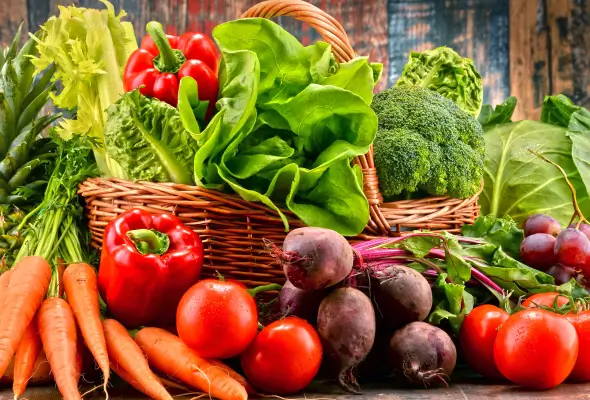
- Fresh Fruits and Vegetables to eat in jaundice: Fresh fruits and vegetables contain enormous amounts of vitamins, minerals, phytonutrients, and antioxidants that support liver function and promote overall health. They are also rich in fiber, which promotes digestion and prevents constipation. Apples, oranges, papayas, spinach, carrots, and beets are particularly beneficial for individuals with jaundice. You can include these fruits and vegetables in various forms, such as juices, smoothies, or lightly cooked to retain their nutrients.
- High-Quality Proteins: Protein is an essential macronutrient in diet that aids in tissue repair and supports liver function. However, during jaundice, choosing lean proteins that are low in fat is necessary. Good options include skinless poultry, fish, tofu, and legumes. You can add these protein sources to your diet plan or jaundice diet chart.
- Whole Grains: Whole grains such as brown rice, quinoa, and oats are excellent sources of vitamins, fiber, and minerals. They provide a constant release of energy and help regulate blood sugar levels. Including whole grains in the diet not only helps improve digestion but also provides essential nutrients for overall well-being. Consuming these grains in whole form is advisable, avoiding refined or processed versions.
What Foods to Avoid During Jaundice?
While certain foods can support liver health during jaundice, avoiding foods that can burden the liver or exacerbate symptoms is equally important. Here are some foods to avoid:
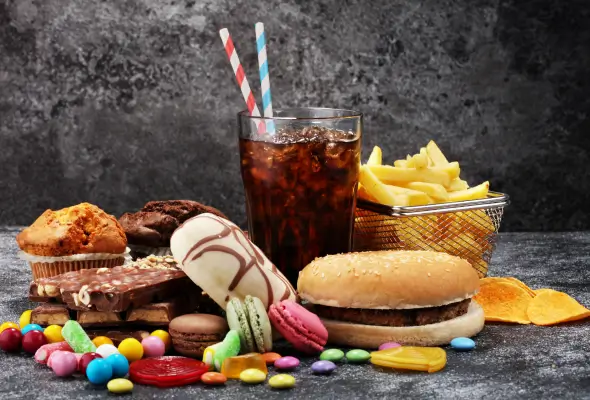
- Fatty and Fried Foods: Fatty and fried foods are high in unhealthy fats that can strain the liver and hinder its ability to process bilirubin. These include fast food, deep-fried snacks, processed meats, and high-fat dairy products. Avoiding these foods during jaundice and opting for healthier alternatives instead is best.
- Alcohol and Caffeine: Alcohol and caffeine should be strictly avoided during jaundice, as they can further damage the liver and impede the recovery process. Both alcohol and caffeine place additional stress on the liver, hindering its ability to detoxify the body. It is advisable to replace alcoholic beverages with herbal teas, lemon or honey water, or fresh fruit juices to stay hydrated and support liver function.
- Spicy and Heavy Seasonings: Spicy foods and heavy seasonings can irritate the digestive system and worsen symptoms of jaundice. It is best to avoid excessive use of spices, chilli peppers, and heavy sauces. Instead, opt for mild and natural seasonings such as herbs, lemon juice, or ginger for added flavour.
Conclusion
While a proper diet cannot cure jaundice, it can undoubtedly support liver function, aid recovery, and alleviate symptoms. Food for jaundice patients should focus on an easily digestible diet packed with nutrients and low in fat. Fresh fruits and veggies, whole grains, and high-quality lean proteins should form the foundation of the diet, while you should avoid fatty and fried foods, alcohol, caffeine, and spicy seasonings. You should consult with a doctor or a registered dietitian to create a personalised diet plan that suits your needs and ensures a speedy recovery.
FAQs
1. What is the best breakfast for a jaundice patient?
Choosing easily digestible foods that provide a good balance of protein, fiber, and vitamins is essential. For a jaundice patient, a nutrition-rich breakfast, such as oatmeal with fresh fruits, a vegetable-included omelette with egg whites, or a smoothie made with low-fat yoghurt and berries, is crucial for easy digestion.
2. What are the best foods for a jaundice patient?
The best foods to be eaten during jaundice include seasonal fruits and vegetables, lean proteins such as skinless poultry and fish, whole grains, and low-fat dairy products. These foods provide essential nutrients and support liver function.
3. What are the foods to avoid during jaundice?
During jaundice, doctors may recommend you avoid fatty and fried foods, alcohol, caffeine, and spicy seasonings. These foods can burden the liver and worsen symptoms.
4. How long a jaundice-fighting diet should be followed?
The duration of a jaundice-fighting diet depends on the individual's condition and the advice of their doctor. It is essential to follow the recommended diet until the liver function returns to normal and bilirubin levels are within a healthy range.
If you or someone you know is experiencing jaundice symptoms, consult a healthcare professional or a registered dietitian for a personalised jaundice-fighting diet plan. Remember, while diet is supportive, medical treatment is crucial for managing jaundice effectively.
Dt. Sunita
Dietitian
Gurunanak CARE Hospitals, Musheerabad, Hyderabad

ENQUIRY FORM
SELECT CATEGORIES
-
Neurosciences (16)
-
Neurology (37)
-
Neurosurgery (14)
-
Orthopaedics (48)
-
Oncology (33)
-
Obstetrics and gynecology (51)
-
Pulmonology (23)
-
Urology (20)
-
Nephrology (13)
-
Psychiatry (7)
-
Dietetics and Nutrition (111)
-
General Medicine (63)
-
Cardiac Sciences (30)
-
Vascular & Endovascular Surgery and Interventional Radiology (10)
-
Gastroenterology (46)
-
Endocrinology (23)
-
Plastic Surgery (10)
-
Critical Care Medicine (5)
-
COVID-19 (16)
-
Dermatology (16)
-
Emergency Care (1)
-
Ophthalmology (4)
-
Pediatrics (14)
-
Laparoscopic and Bariatric Surgery (8)
-
ENT (15)
-
Kidney Transplant (1)
-
Liver Transplantation and Hepatobiliary Surgery (5)
-
General Surgery (3)
-
Internal Medicine (5)
-
Medicine Information
12 Health Benefits of Sprouts and its Nutritional Value
Balanced Diet: Importance, Benefits, Foods to Eat and Avoid
YOU MAY ALSO LIKE
RECENT BLOGS
-

Direct Anterior Approach in Total Hip Replacement: Advantages and Challenges
10 April 2025
Read More
-
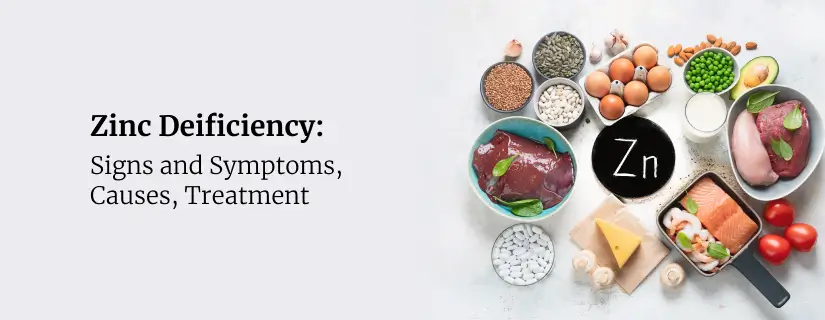
Zinc Deficiency: Signs and Symptoms, Causes, Treatment
9 April 2025
Read More
-

Chest Pain When Coughing: Causes, Treatment and Home Remedies
9 April 2025
Read More
-
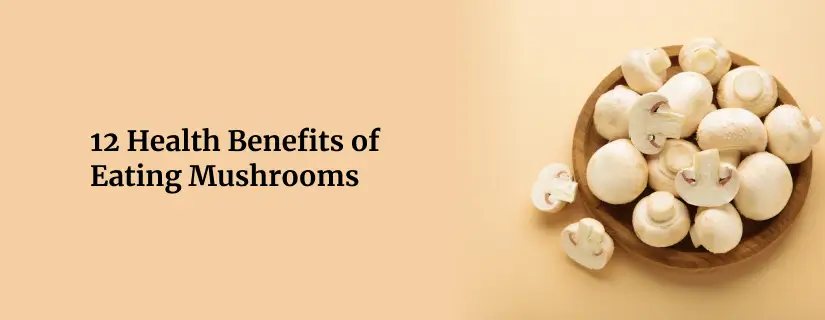
12 Health Benefits of Eating Mushrooms
8 April 2025
Read More
-

7 Health Benefits of Blood Donation You Should Know About
8 April 2025
Read More
-

Implantation Bleeding Vs Periods: Know the Difference
28 February 2025
Read More
-

Bloating During Ovulation: Symptoms, Causes and Remedies
28 February 2025
Read More
-
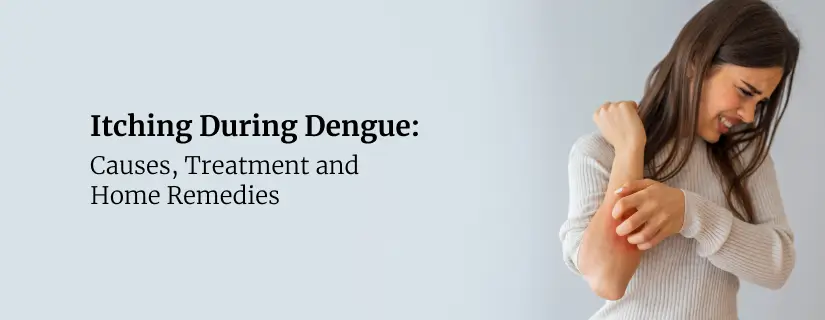
Itching During Dengue: Causes, Treatment and Home Remedies
18 February 2025
Read More
Have a Question?
If you cannot find answers to your queries, please fill out the enquiry form or call the number below. We will contact you shortly.


